Newsletter #32: Move fast and break things
7 minutes reading time. Thoughts on startups, growth, and technology 🚀
Welcome to another edition of the Struggle.
The Struggle is a weekly newsletter where I share my thoughts and learnings from running a fast-growing startup in Southeast Asia.
As I am preparing for another iteration of our product at Greenhouse, I have been reflecting on the need to iterate fast and validate assumptions.
When running a tech startup, your product is at the core of everything you do. Consequently, entrepreneurs tend to spend a lot of time perfecting their product before releasing it. There are a lot of psychological reasons causing that, to name a few, pride, fear of criticism, and fear of rejection.
I made the mistake of shipping too late several times before learning that lesson. Early in my entrepreneurship journey, I spent months working on something without releasing the product for fear of rejection, hoping that eventually, we will develop features that will result in an instant product-market fit, which couldn't be further from the truth.
Why releasing your product early matters?
The benefits of shipping a product early despite its many imperfections are many. Without releasing your product, you won't have users, customers, feedback, and insights on how people are using your product, what features work, and what does not work at all.
“Several distinct problems manifest themselves as delays in launching: working too slowly; not truly understanding the problem; fear of having to deal with users; fear of being judged; working on too many different things; excessive perfectionism. Fortunately you can combat all of them by the simple expedient of forcing yourself to launch something fairly quickly.” — Paul Graham
In fact, the first versions of any successful company are hilariously bad.
Google (1996)
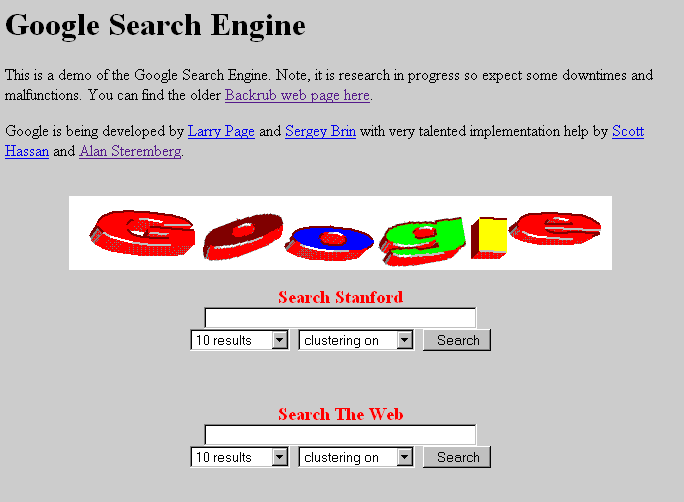
Google Maps (2004)
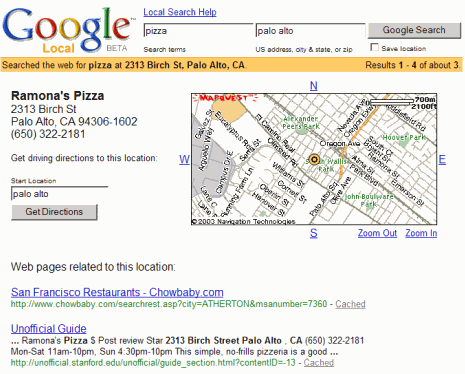
Uber (2009)
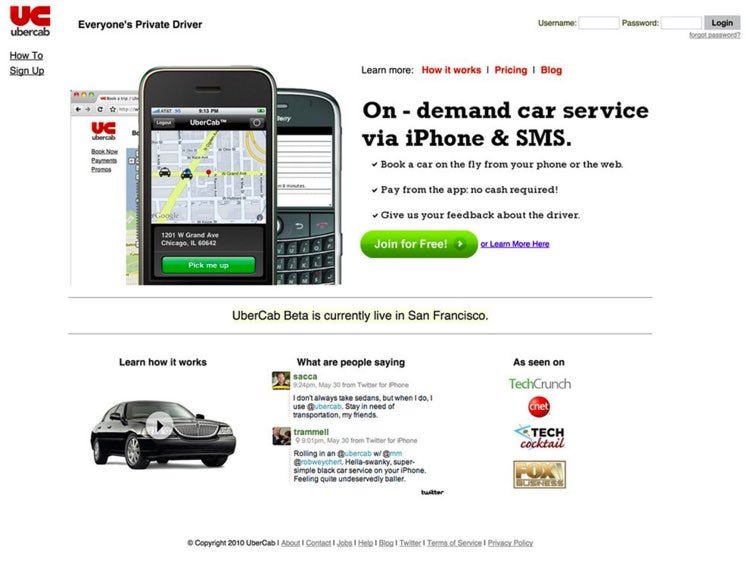
Amazon (1995)
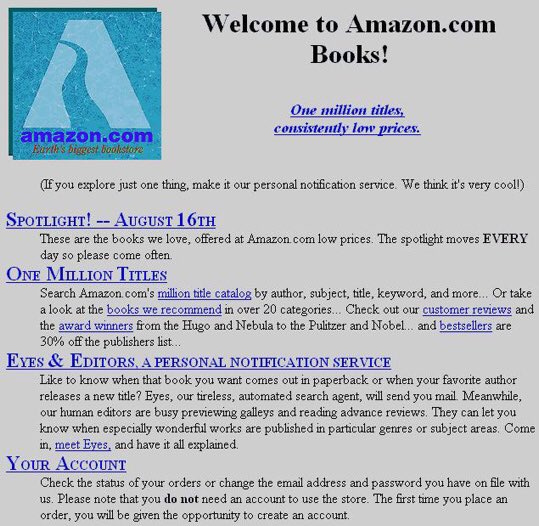
Twitter (2006)
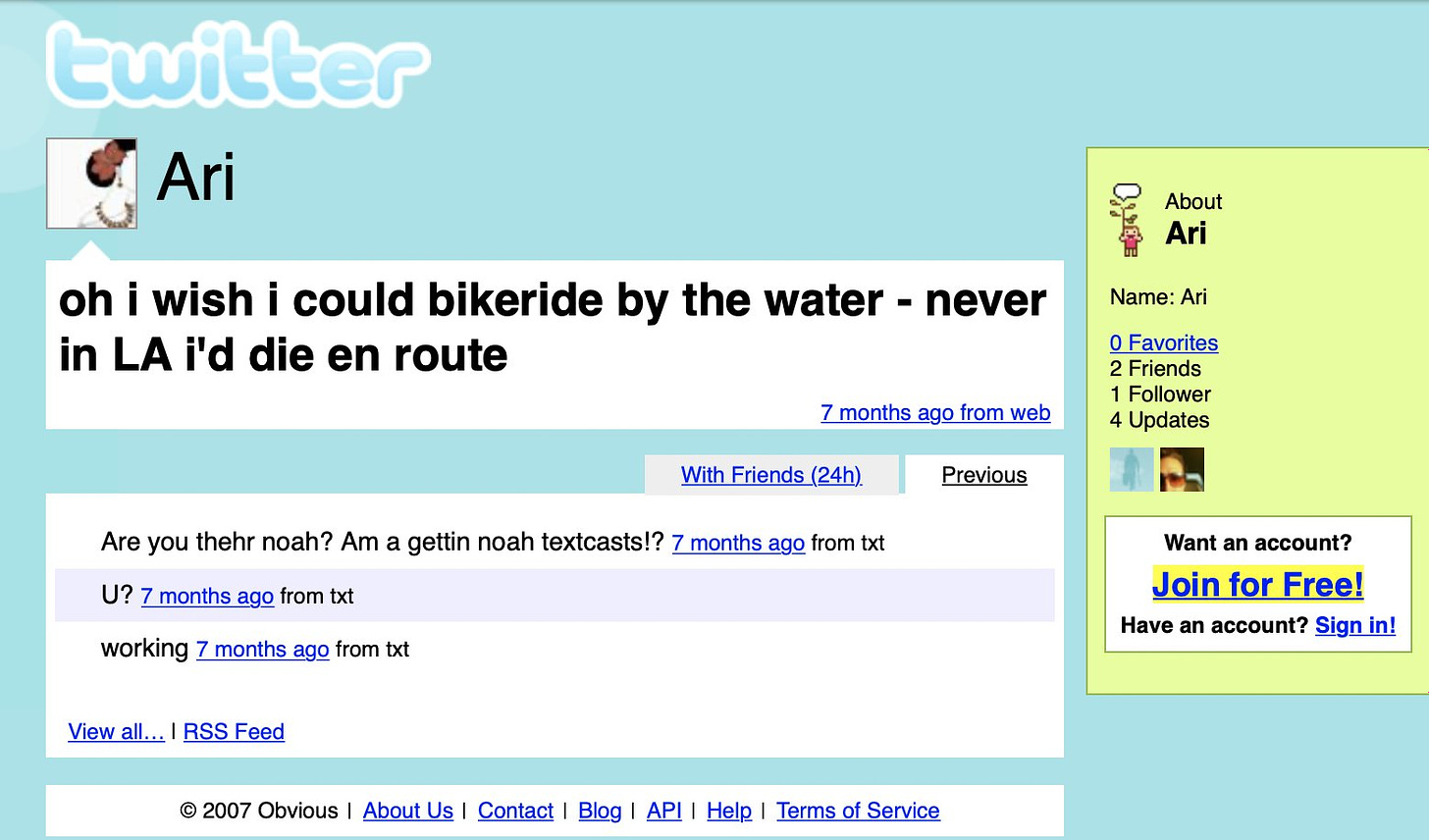
Apple (1994)

Instagram - used to be called Burbn, before they rebranded to Instagram (2010)
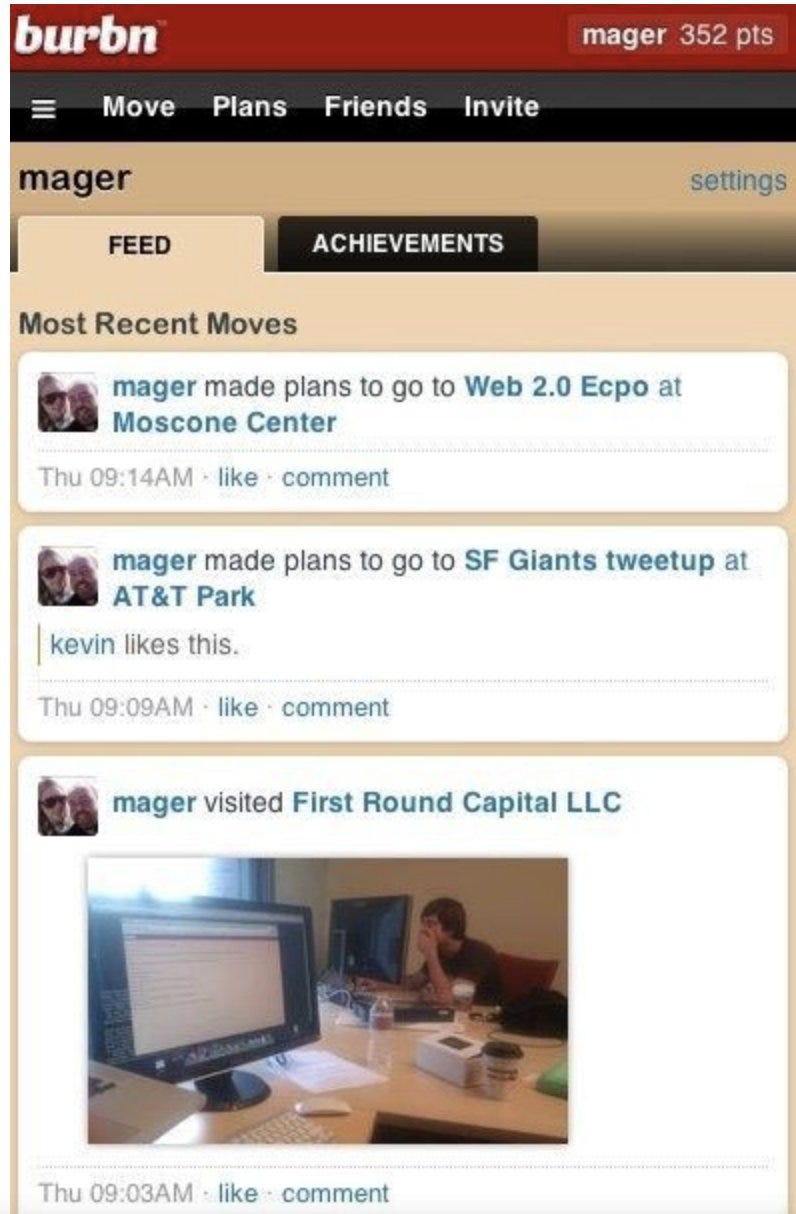
Facebook (2004)
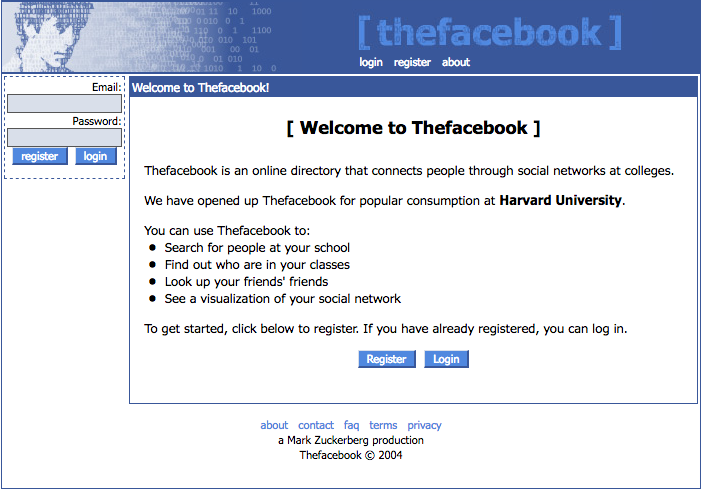
YouTube (2005)
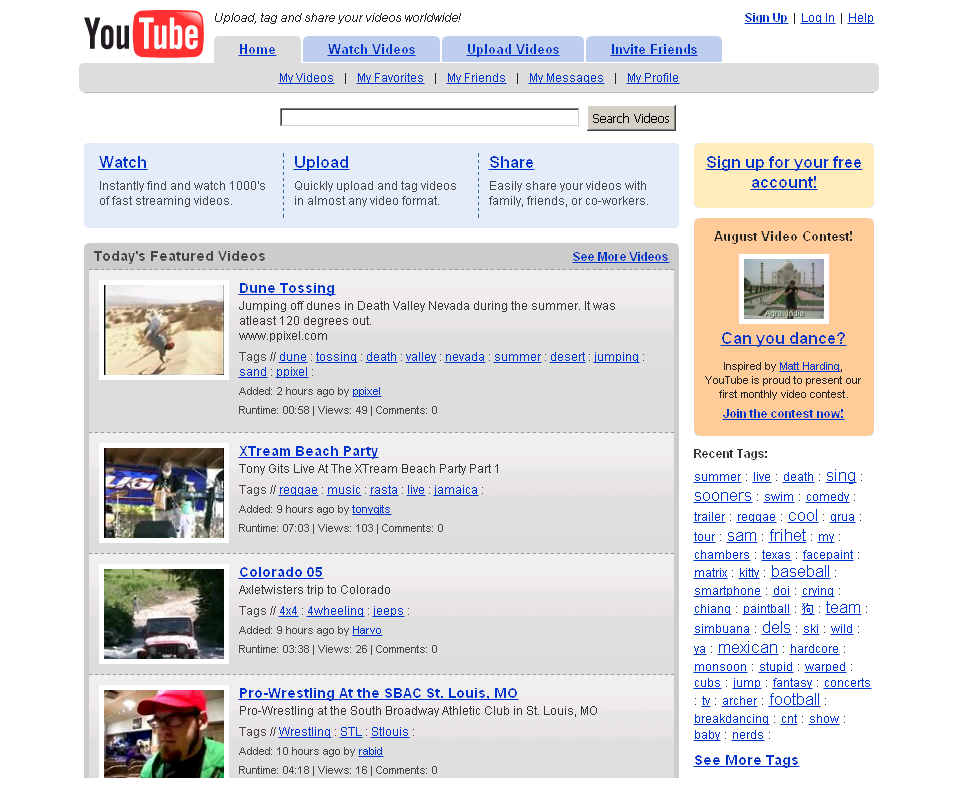
Wikipedia (2001)
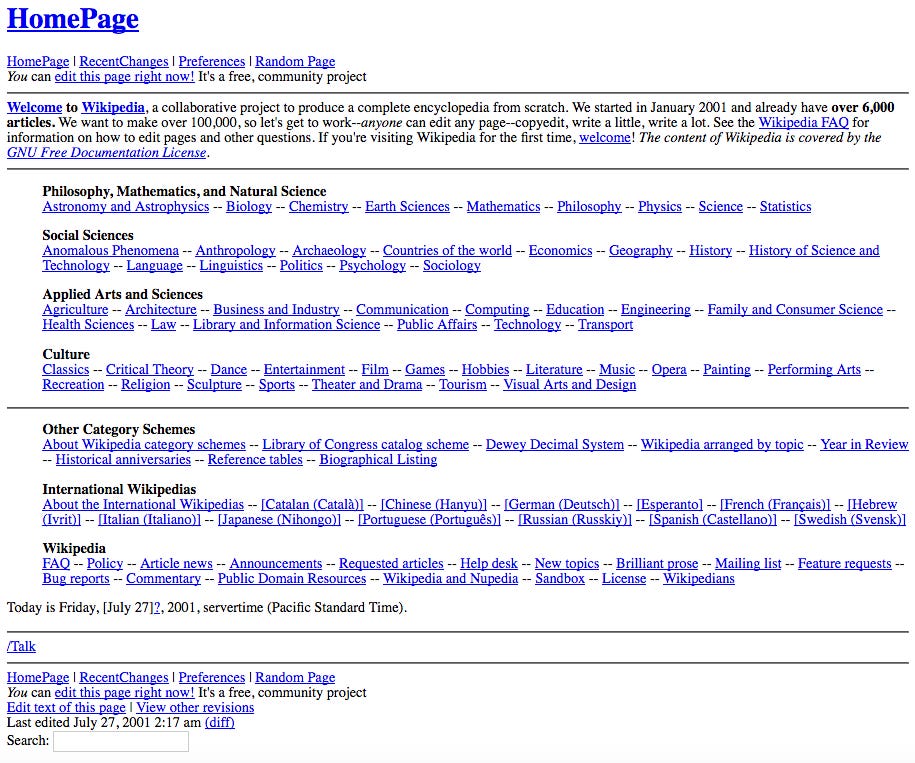
Airbnb (2009)
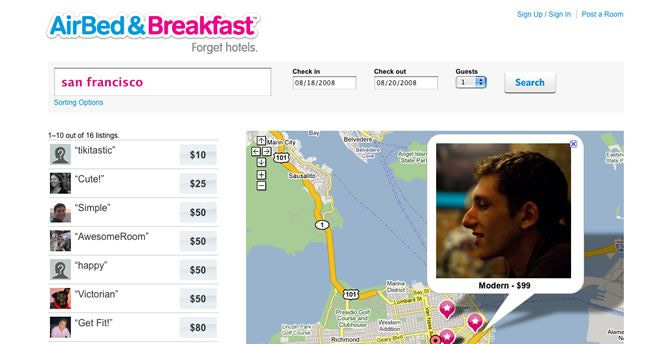
The Wizzard of Oz approach
The process of perfecting the product is long and challenging because most of the features you are testing are not necessarily delivering value to the user yet. But there is an approach coined by YCombinator that can guide you in transitioning from a minimum viable product (MVP) to product-market-fit. As the heading of this section suggests, I am referring to the “Wizzard of Oz.”
A significant technical investment upfront in features is rarely the wisest allocation of resources. Before you go too deep in building your product ask yourself whether you must build the hard technology before you can test it with customers.
In most cases, a simple MVP / prototype is a better point of departure than a significant investment in tech. That’s why all examples mentioned above started with such humble products but ended up becoming some of the world’s most valuable companies.
Once you ship a prototype that could literally embarrass you, the next step is to have your team do the things you planned to do with sophisticated algorithms. In most cases, the founders must execute the process manually, and thus they become the “Wizards of Oz” behind the curtain.
Your customers will be under the impression that the product is automated and does all the job, but in reality, it will be you. In that way, you will be able to truly understand what’s important and reverse engineer the process into algorithms and features.
The more you execute the job manually the easier it gets to break it down into discrete steps dictating your product roadmap. While that does not provide a crystal clear path to product-market fit it gives you incredible insights while helping you to avoid costly mistakes.
In a nutshell, the process works in the following way:
Build a prototype and release
Do things manually as much as possible
Iterate, semi-automate by translating some of your insights into features and release again
Continue to manually execute tasks that are not yet automated until you have sufficient insights to solve users’ pain points
Repeat until you reach product-market-fit
“In the context of product development, the improvement opportunity lies in generating valuable and actionable feedback from what doesn’t work. Counterintuitively, that information is often crucial. If there is no feedback loop in place paying attention to this mechanism, the learning opportunity is lost.” -
The Quantified VC
Resources worth checking out:
🎥 Don't Do These 68 Things in Your SaaS Company | Anand Sanwal - CB Insights co-founder & CEO Anand Sanwal shares 68 things that can send your SaaS startup down the wrong path.
📝 A Visual History of Your Favorite Technology / Version Museum - A collection of screenshots tracking how many major companies evolved their products from the beginning up to today.
A quote worth remembering:
💬 Entrepreneur Patrick Collison on the value of reading:
"You could try to pound your head against the wall and think of original ideas or you can cheat by reading them in books."
A book recommendation:
📖 Influence: The Psychology of Persuasion by Robert B. Cialdini
Required reading for all sales and marketing professionals. The book details the most common approaches to influencing the decisions of others, backed up by the author’s time spent infiltrating direct marketing companies and the like. Offers handy hints on how to spot when you're being manipulated and how to handle it.
Positive news worth sharing:

The amount of solar power capacity expected to be added in the coming years is equivalent to 70,000 new solar panels every hour – enough to cover 1,000 soccer pitches every day.
It is estimated that global solar power capacity will triple by 2022, driven by Chinese demand and the ever-falling cost of buying and installing solar panels.
Check out the source here.




